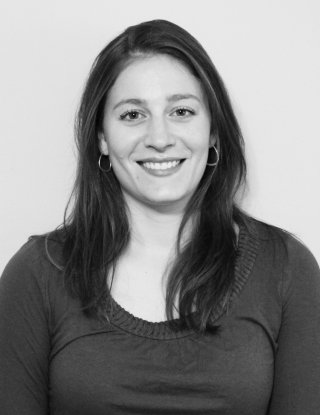You are here
Lauren Searls

Lauren Searls, 25, of Pittsford, N.Y., was born deaf to deaf parents. She’s well on her way to become a family nurse practitioner, a career she knows she’ll enjoy for its variety and ability to help and educate others.
She received her bachelor’s in Biochemistry from Simmons College in Boston, her RN degree from Johns Hopkins University School of Nursing, and has applied for the Masters of Science in Nursing program at Johns Hopkins.
She’s wanted to become a nurse for years. “You get to know your patients, advocate for them and provide education about health related issues in a way that meets their lifestyle,” she says. “It’s a tangible way of working with people and the intrinsic benefits are instantaneous.”
After receiving her Biochemistry degree, she had a job waiting for her at Harvard School of Public Health doing occupational health research.
“Although I liked what I was doing in theory – possibly changing the lives of thousands – I didn’t feel like I was doing anything tangible,” she says. “When I looked more seriously into nursing, I felt strongly that to best care for a patient, an understanding of how the structural, social and cultural contexts that influence one’s health is necessary and that being a nurse practitioner is the best place to integrate all of these facets of care. I have meaningful interactions daily and it keeps my own life in perspective. I am constantly humbled by what my patients are going through.”
She has relied on interpreters in the classroom and while visiting patients.
“Surprisingly, I have had more barriers in the classroom than in the clinical setting,” she says. “Barriers in the classroom include not having captioned videos and podcasts. When possible, transcripts of these videos and podcasts are made, but they are often dense and filled with spelling mistakes. It requires a lot of time to go through the transcripts and it requires my full attention – whereas podcasts are more readily available to hearing students to listen at their leisure when they are working out or driving.”
Searls also prefers to take her own notes in the classroom. So she’s constantly looking at her interpreters, the professor, the projector in front of her and her notes. But it’s a choice she willingly makes.
She’s found her patients, faculty and nurses extremely receptive to working with her and an interpreter when she’s been in clinical settings. “I go into the patients’ rooms with confidence, introduce myself, tell the patients that I am deaf and will rely on interpreters as needed,” she says. “I have been able to make it work effectively. Although I do well in one-on-one situations and small group settings, I am not hearing and only 30 percent of the English language is lip readable and there is no guarantee that everyone speaks clearly or is easy to understand. Working with an interpreter is the only way I’ll be able to ensure I have access to what is going on around me.”
She’s not sure her successes thus far will continue when it comes time for her to enter the workforce.
“Unfortunately, I’m not sure what job opportunities will look like once I’m finished with school.” She says. “I’m not sure if hospitals or clinics will want to cover the costs of interpreters. But at least right now, I have interpreters and I am going to maximize every learning opportunity.”